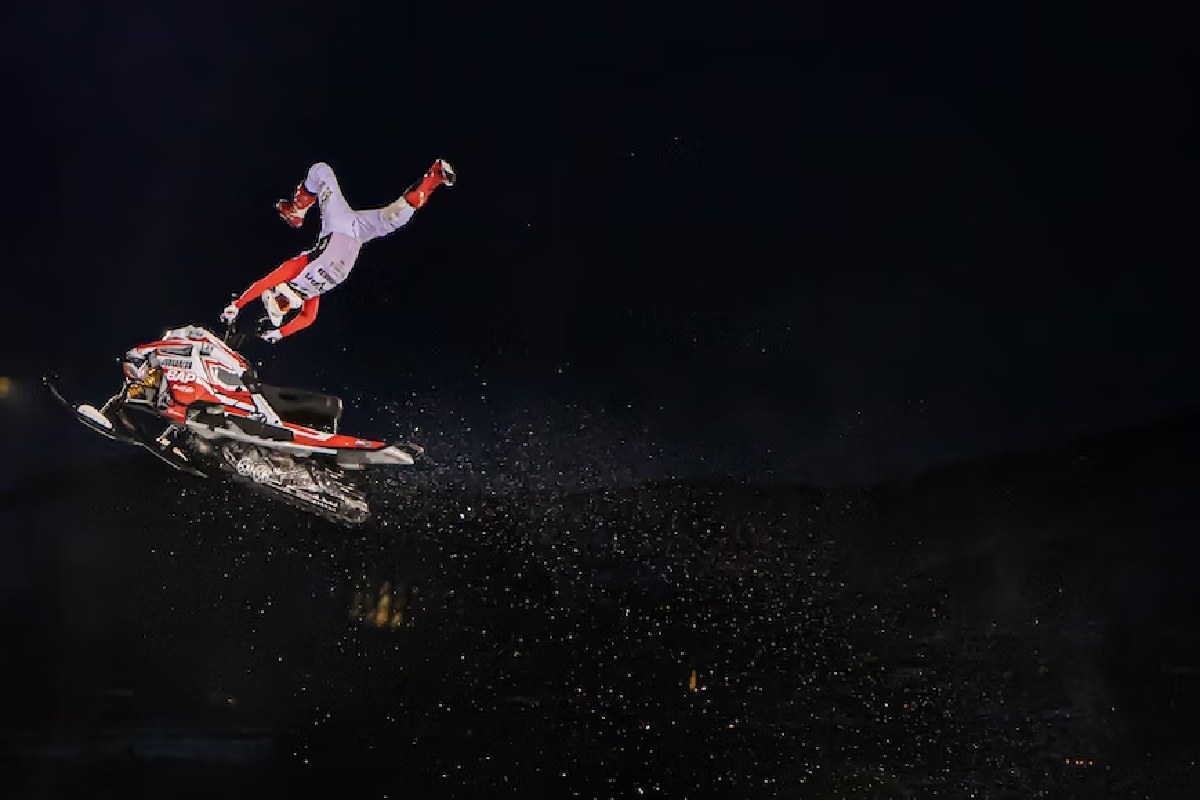Can sports clips fades – Did you know that singing tennis with a poorly strung racket while wearing worn-out shoes can increase your risk of injury almost as much as playing football without shoulder pads? Using inappropriate equipment in poor condition or not the right size is one of the leading causes of sports injuries.
The key is in the helmet.
The equipment you wear for sports and other activities is essential to prevent possible injuries.
Let’s start with helmets: they’re essential for sports like football, hockey, baseball, softball, cycling, skateboarding, inline skating, skiing, and ski boarding (or snowboarding ), to name a few.
eye protection
Eye protection is also mandatory in many sports:
- Most protective eyewear made of a plastic called polycarbonate, which has specially tested for use in sports.
- Polycarbonate masks, visors, or shields attached to the helmet worn in sports such as football, ice hockey, softball, and baseball when batting.
- Goggles commonly worn in football, basketball, racquet sports, snowboarding, hockey, non-batting baseball and softball.
- If you wear glasses, you’ll probably need polycarbonate goggles; Don’t wear your regular glasses when you’re on track or field.
- Eye protectors must fit securely and have padding over the eyebrows and over the nose.
More basic equipment
Mouth guards can protect your mouth, teeth, and tongue:
- You should wear a mouth guard if you play contact sports or other sports where you risk injuring your head, such as football, basketball, hockey, volleyball, martial arts, boxing, and wrestling.
- Your dentist can fit the mouth guard to your mouth, or you can buy it at a sports store.
- If you wear an orthodontic retainer, permanently remove it when you do physical exercise or sport
- Wrist guards, knee pads and elbow wads are also essential parts of the kit
- If you practice inline skating, skateboarding or riding a scooter, you should wear this type of protector.
- Elbow pads and wrist guards can prevent arm and wrist fractures, and knee pads protect knees from cuts and fractures.
More basic equipment
If you practice certain sports, especially contact sports, padded protectors are essential:
- Padded protectors used in all sports, from hockey to inline skating. There padded protectors for the shins, knees, elbows, wrists, chest, shoulders, hips, and thighs.
- Check with your coach or doctor to find out what type of padding protector you need for the sport you rehearse.
Some guys also need to wear a testicle protector.
- It should worn by kids who play hockey, football, basketball, baseball, soccer, and other contact sports.
- For non-contact sports that involve running, boys must wear an athletic supporter.
- If you are unsure if you need a testicle protector for the sport you practice, ask your coach, your monitor or your parents if you need it.
And last but not least, is to wear appropriate footwear, to prevent trips and falls:
- You already know that sports like football, baseball, softball and soccer require wearing shoes with cleats. But you may not know that sports like skateboarding and cycling need special shoes. Ask your coach or doctor for the best shoe for the sport you play.
- Replace spikes and shoes when they worn, in poor condition, or have stopped holding your foot well.
Not only is it essential to wear the correct sports equipment, but it’s also the size you need. If you don’t know if the equipment is your size, check with your coach, monitor, gym teacher or parents, and if you are wearing it correctly. Many good sports stores can also help you choose equipment that is your size.
Bottom line: wearing the right gear in the correct size will help you significantly reduce the chances of hurting yourself.
Warm up before training
Do not start playing sports or physical exercise without having warmed up beforehand: muscles that have not adequately prepared tend to injured more easily.
Start with some light cardio activity, like a light jog, jumping jack, or brisk walk, to get your muscles going. After this short warm-up, follow up with some stretching. (Stretching works best after you’ve warmed up because the tissues are more elastic [flexible] from the increased heat and blood flow to the muscles.)
Aside from stretching, practice sessions or workouts are also excellent preparation for most sports and activities. If you join a team, appear in as many training sessions and games as possible. This will help you be in excellent physical shape and learn to work as a team with your teammates; Knowing your teammate’s play will help you avoid possible injuries.
If you’re not on a team, you can do regular workouts or individual workouts to improve your performance and prevent potential injury. Remember that when a tool not used, it rusts. Therefore, keep yourself in good shape by training regularly. For example, make tennis moves or practice serving before a tennis match. Before a basketball game, shoot some hoops or play a quick one-on-one battle with a friend. Training makes your brain and body work together while improving your performance.
Later on. Your doctor or trainer can help you develop a fitness and training program appropriate for your age and level of development.
Stay off the field of play when injured.
If you’ve injured and try to return to sports too soon, you risk reinjuring yourself, perhaps even more seriously than the first time. Don’t let anyone, including yourself, your parents, friends, or even your coach, pressure you into playing again before your body fully healed. Your doctor, monitor or coach will give you specific recommendations on when you can resume your sport or physical activity.
Taking time to recover is especially important if you’ve had a concussion from a head injury. Many athletes try to return to competition too soon after suffering a concussion; Since they can’t see any damages, they think they’re okay to play. But jumping onto the field too early puts an athlete at greater risk of another concussion and even more severe brain injuries. Therefore, always wait until your doctor’s permission to return to play after a concussion.
Many athletes use medications called analgesics to prevent pain. Still, don’t use pain relievers to mask the pain if you have persistent pain. Taking large amounts of pain relievers, or worse, taking these medications for an extended period to play sports, can be dangerous. Pain is your body’s way of telling you that it’s not okay with your actions. If you’re in a lot of pain, seek treatment to resolve what’s causing it.
Be sure to seek medical attention whenever you feel:
- moderate to severe pain
- pain that interferes with your daily activities or sleep
- inflammation of the injured area
- inability to carry out everyday activities
- Pain that prevents you from maintaining good physical shape.
Stay off the field of play when injured.
This recommendation also applies to colds and flu: don’t play sports when you’re sick. You won’t be able to concentrate if you have a flat head and runny nose, and your lack of concentration will expose you to possible injury. Also, you could spread the cold or flu to your teammates. The best thing is to wait until you feel better to train safely for the rest of the season.
The rules of the game
Rules and regulations often exist for a good reason: to help you and your teammates play well and avoid injury. Do a by-hand favour,, learn the game’s rules well,, and then follow them.
Rules are not limitations. They designed to promote safety in sports so everyone can enjoy the game. For example, throwing the ball after the referee’s whistle has blown in a football game results in a reasonably significant penalty. This rule is essential because a player could seriously injured if he receives a tackle he did not expect because the play has stopped.
Sometimes the rules may not directly related to a particular sport or activity, but they must be followed. For example, when rollerblading, skateboarding, or riding a bike, pay special attention to all traffic regulations, mainly when depending on busy streets.
The rules of the game
Proper techniques also contribute to safety. This applies to any sport, from motorcycle racing to baseball. Baseball players know better than to spike an opposing player covering the base with their shoes, even when trying to rush to second base. And when two tennis players close to the net, the correct shot a volley launched at the proper angle, not a shot aimed directly at the opponent’s face.
Another example of a safe technique occurs in weight lifting. Weightlifters should breathe in between repetitions and out during the weight lifting phase. So, if you’re responsible for”bench press,” let the bar orifall your chest, and breathe out as you push up. If you were to hold your breath, it could raise your blood pressure, and lifting a lot of weight could cause you to pass out or pass out.
So when it comes to following the rules, the rules and using the correct techniques, remember that all of them do not serve to limit you: they are there so that you can play sports safely and without suffering injuries.
Also Read: Can Sports Betting Be A Career





